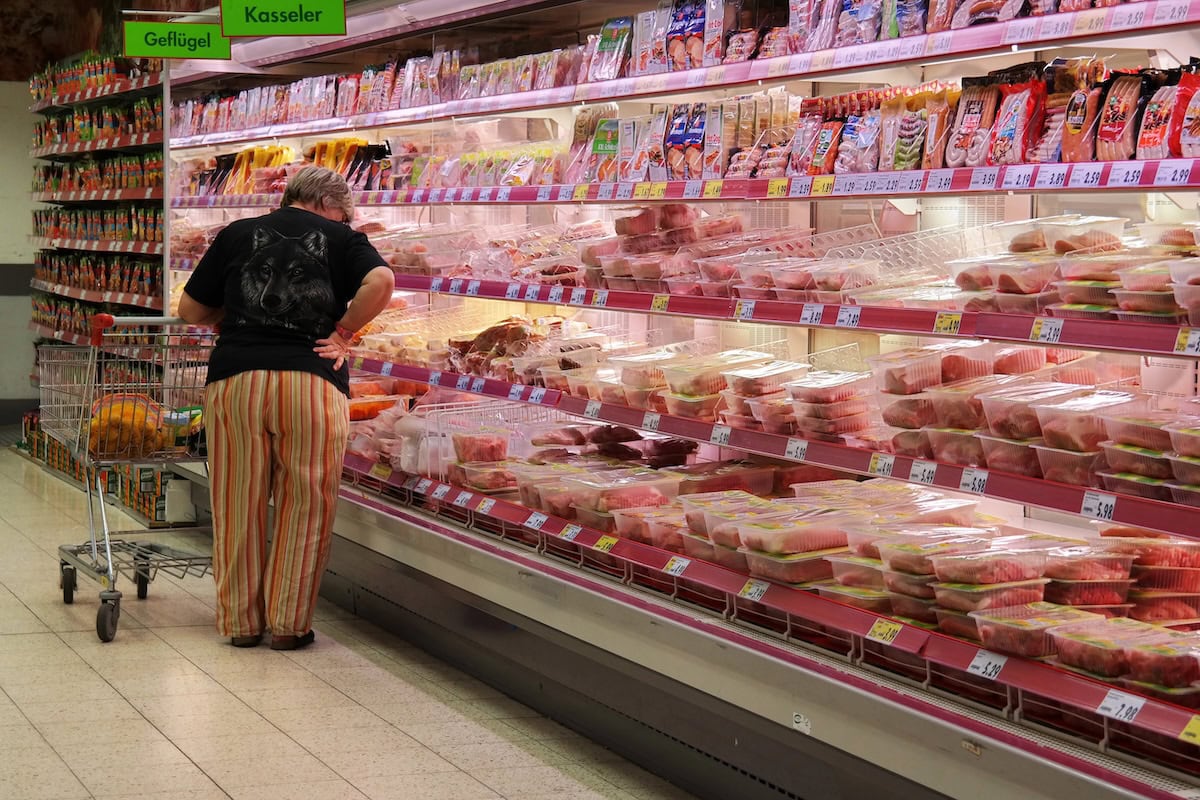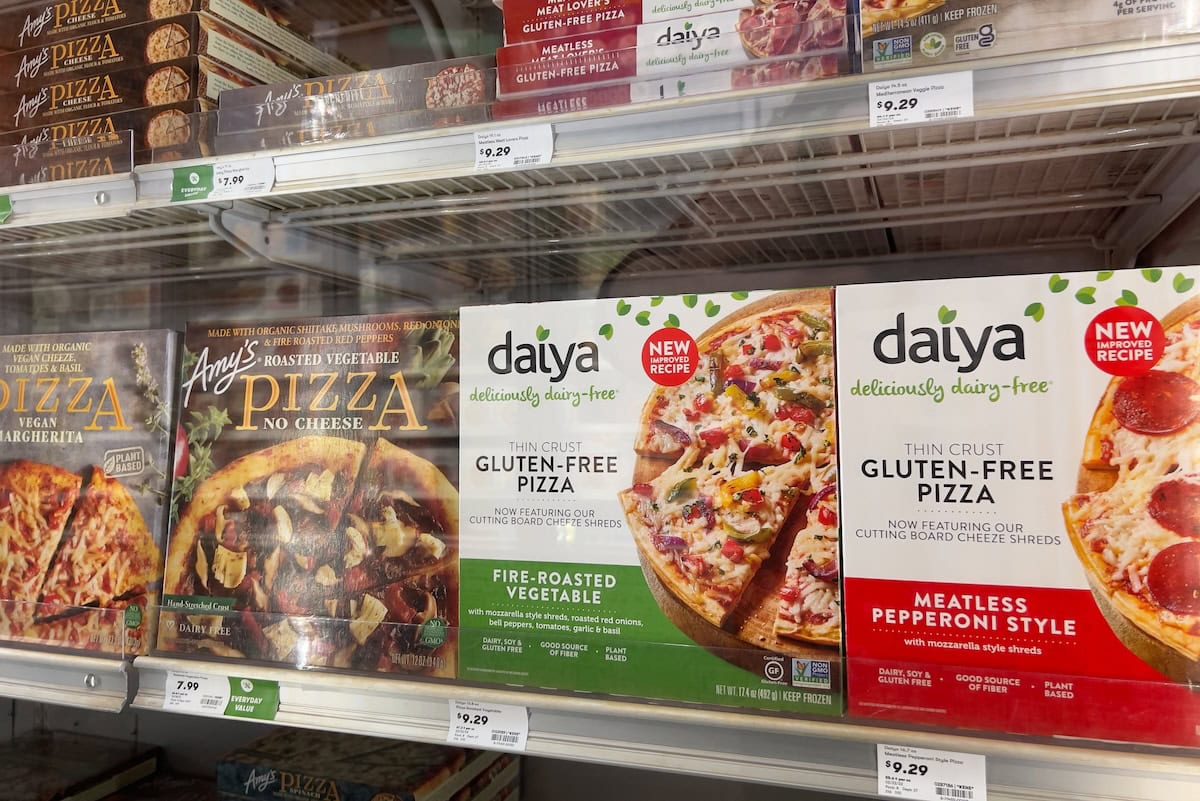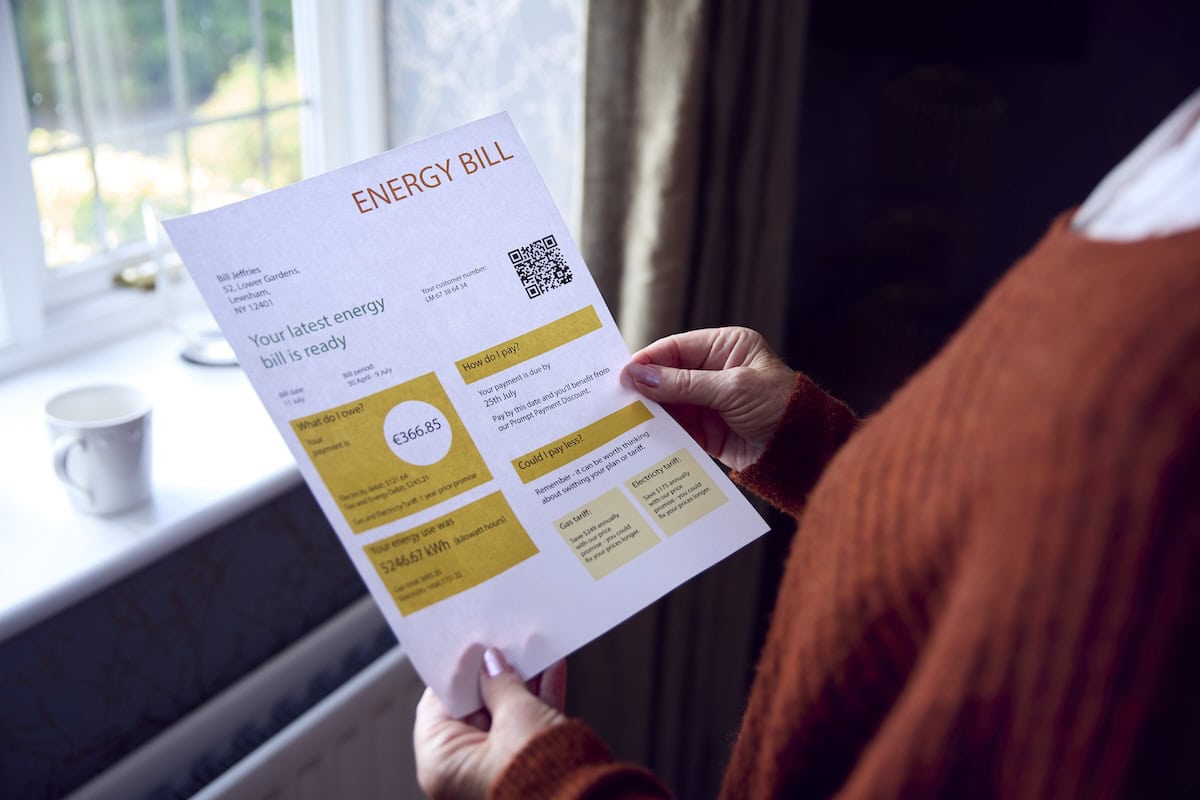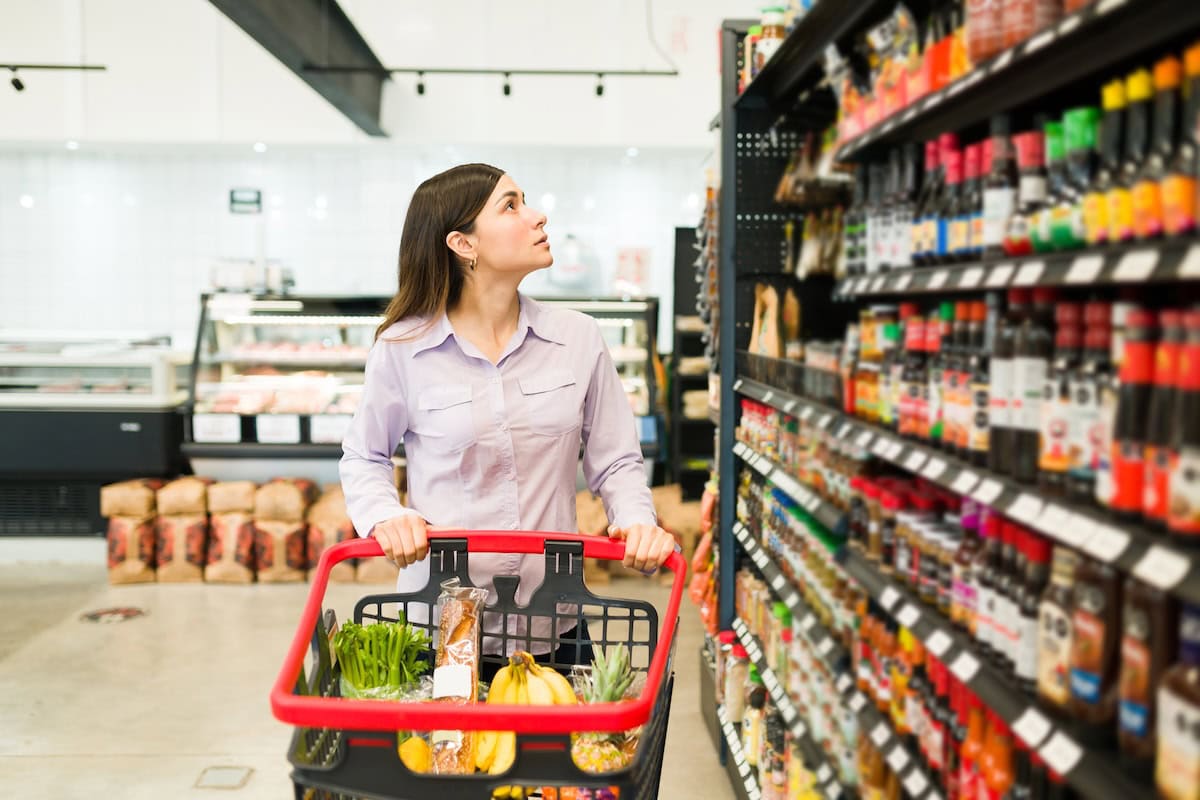This post may contain affiliate links which means I will get a commission if you make a purchase at no additional cost to you. As an Amazon Associate I earn from qualifying purchases. Please read my disclosure for details.
President Trump’s recent tariffs on imports from Mexico, Canada, and China have significantly impacted the prices of many everyday grocery products.
With a 25% tariff on Mexican and Canadian imports and a 20% tariff on Chinese goods, many household staples are becoming more expensive. Here are eight common foods that are seeing price hikes due to these tariffs and what you can do to minimize costs.
1. Fruits and Vegetables

WANT TO SAVE THIS RECIPE?
Fresh produce is among the hardest-hit categories, as a large portion of fruits and vegetables consumed in the U.S. are imported. Avocados, for example, are particularly affected since nearly 90% of the supply comes from Mexico. Additionally, strawberries and tomatoes, which are essential in many American diets, are also experiencing price increases due to their reliance on Mexican imports.
2. Meat Products

The cost of beef is rising as tariffs on Canadian imports increase the overall expense of sourcing meat. Since the U.S. imports a considerable amount of its beef from Canada, the imposed tariffs result in higher costs for both suppliers and consumers. This impact is expected to trickle down to grocery store shelves and restaurants, making beef-based meals more expensive.
Related Post: 15 Sneaky Corporate Tricks That Make You Spend More Without Realizing
3. Alcoholic Beverages

Beer and tequila, two of the most popular alcoholic beverages in the U.S., are also subject to increased tariffs. Imports from Mexico have been hit particularly hard, leading to higher costs for brewers, distilleries, and ultimately, consumers. If you’re a fan of margaritas or craft beer, you may notice rising prices at bars, restaurants, and liquor stores in the coming months.
Related Post: 12 Packaged Food Ripoffs That Have Quietly Gotten Worse
4. Processed Foods

Many processed foods, such as salsa, pasta sauce, and ketchup, rely on ingredients that are imported, particularly tomatoes from Mexico. With these key ingredients facing higher costs, manufacturers are passing those increases onto consumers. Expect to see price hikes in popular condiments and pre-packaged foods that use imported produce as a primary component.
Related Post: 13 Everyday Products That Are Less Durable Than They Used to Be
5. Dairy Products

Dairy prices are being affected by tariffs due to Canada’s strict supply management system, which imposes high tariffs on U.S. dairy imports exceeding certain quotas. This has led to price increases for items such as milk, cheese, and butter. With limited alternatives for sourcing dairy, consumers may find themselves paying more for these everyday essentials.
Sign up now to receive our exclusive e-cookbook filled with top-rated recipes for FREE!
6. Gluten-Free and Specialty Foods

Individuals who rely on gluten-free and specialty foods may be facing higher costs due to the tariffs. Many of the ingredients used in gluten-free baking and specialty diet products are imported, making them more vulnerable to price fluctuations. For those with dietary restrictions, these cost increases can make it even more challenging to afford necessary food products.
Related Post: 10 Supermarket “Sales” That Aren’t Really a Good Deal
7. Energy Costs Impacting Food Prices

The impact of tariffs extends beyond food items—higher energy costs are also driving up grocery prices. A 10% tariff on Canadian energy imports is increasing production and transportation costs for food suppliers. This indirect effect means that even domestically produced goods are seeing price increases due to higher distribution expenses.
Related Post: 11 Expensive Grocery Items That Are Cheaper in a Different Aisle
8. Frozen and Canned Goods

Frozen vegetables, canned fruits, and ready-made meals often rely on imported ingredients, making them susceptible to tariff-related price hikes. Additionally, the packaging materials for canned goods, such as aluminum and steel, have also been affected by tariffs, further increasing costs for both manufacturers and consumers.
Related Post: 14 Sneaky Restaurant Pricing Tricks That Make You Overpay
Final Thoughts

With these price increases, consumers are adjusting their grocery shopping habits to mitigate the impact. Many shoppers are opting for store brands, buying in bulk, and taking advantage of digital coupons and store apps to find discounts.
Retailers like Kroger are also restructuring supply chains to minimize the effects of tariffs and keep prices as stable as possible. While tariffs are making everyday groceries more expensive, smart shopping strategies can help consumers manage rising costs and keep their budgets in check.
Disclaimer: This list is solely the author’s opinion based on research and publicly available information.
10 Old-School Restaurant Chains That Barely Exist Now

America has seen its fair share of beloved restaurant chains come and go. While some nostalgic favorites have completely disappeared, others are hanging on by a thread, with only a handful of locations left. These restaurants once thrived, serving up classic American comfort food, burgers, and shakes to generations of diners.
Read it here: 10 Old-School Restaurant Chains That Barely Exist Now
11 Expensive Grocery Items That Are Cheaper in a Different Aisle

Grocery stores are designed to make you spend more than necessary, often by placing similar products in different aisles with dramatically different price tags. Many shoppers unknowingly pay premium prices for items that can be found cheaper just a few shelves away. By knowing where to look, you can save big on everyday essentials.
Read it here: 11 Expensive Grocery Items That Are Cheaper in a Different Aisle
15 Sneaky Corporate Tricks That Make You Spend More Without Realizing

From grocery stores to online retailers, corporations use a variety of subtle tactics to get you to spend more than you intended. These psychological tricks make purchases feel like good deals, even when they aren’t. The more you understand these sneaky marketing strategies, the better you can resist unnecessary spending and keep your budget in check.
Read it here: 15 Sneaky Corporate Tricks That Make You Spend More Without Realizing
Read it here: Is Walmart+ Worth It? Honest Review 3 Years Later!
